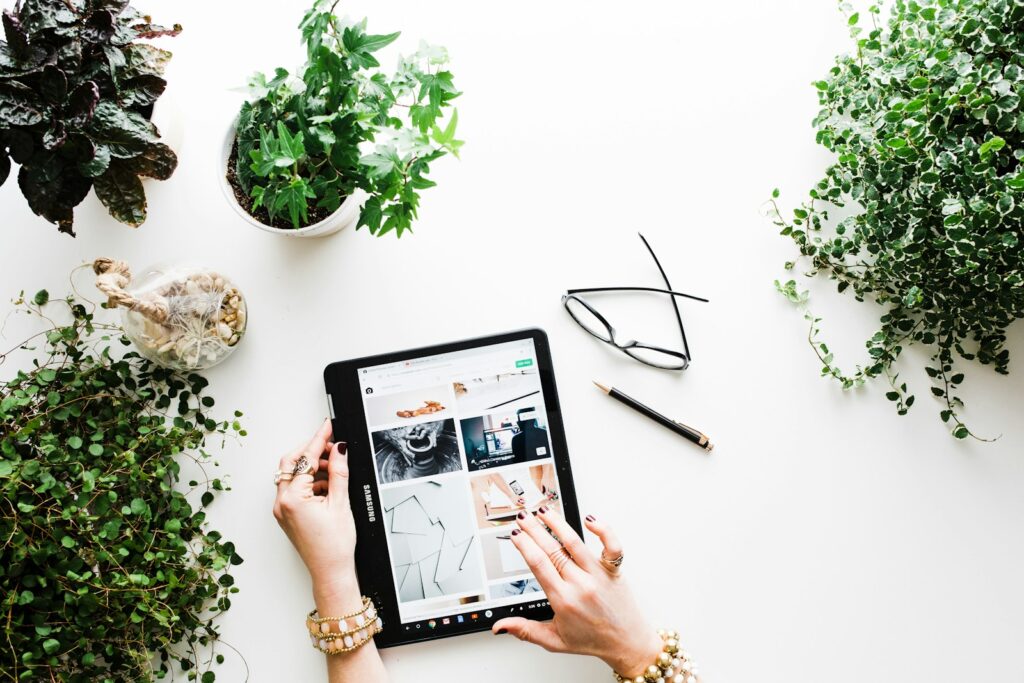Today, the way we search for information and shop for products has significantly shifted towards mobile devices. This trend is especially noticeable in the health and wellness sector, where individuals are increasingly turning to their smartphones to research and purchase health products.
Search engines like Google have recognized this shift and have implemented mobile-first indexing. This means that the mobile version of your website is considered the primary version for ranking. As such, optimizing your health and wellness store for mobile devices is no longer optional—it’s a necessity.
The benefits of mobile-first SEO are manifold. It not only enhances your store’s visibility on search engine results pages but also improves the user experience, leading to higher engagement and conversions. In the following sections, we will delve into key technical optimizations, user experience considerations, and mobile-specific elements that can help make your health store mobile-ready.
Stay tuned as we guide you through the process of optimizing your health and wellness store for higher search rankings and a better mobile shopping experience. Remember, the future of eCommerce is mobile, and the time to adapt is now.

Key Mobile SEO Technical Optimizations
Optimizing your health and wellness store for mobile devices involves several technical aspects. Here, we will discuss three key areas: website speed, responsive design, and mobile-friendly navigation.
Website Speed
Website speed is a critical factor in mobile SEO. A slow-loading website can frustrate users and lead to higher bounce rates. Here are some strategies to improve your website speed:
- Use Analysis Tools: Tools like Google PageSpeed Insights can help you analyze your website’s performance and identify areas for improvement.
- Optimize Images: Large, high-resolution images can slow down your site. Use image compression tools to reduce file sizes without compromising quality.
- Minify CSS, JavaScript, and HTML: Minifying these elements can eliminate unnecessary characters and help your site load faster.
- Leverage Browser Caching: Browser caching stores webpage resource files on a local computer when a user visits a webpage. It can significantly improve load times for returning visitors.
- Reduce Redirects: Each time a page redirects to another page, your visitor faces additional waiting time. Try to keep redirects to a minimum.
Responsive Design

Responsive design ensures that your website looks and functions well on any device, regardless of screen size. Here’s why it’s important and how to achieve it:
- Importance: A responsive design improves user experience, which can lead to longer site visits and higher conversion rates. It’s also a ranking factor for search engines.
- Flexible Grids: Use flexible grids to arrange content and ensure it scales correctly on different screen sizes.
- Flexible Images: Images should also be flexible, scaling and resizing to fit the screen.
- Media Queries: These allow you to apply different CSS styles for different devices or screen widths, ensuring your site looks good on all devices.
Mobile-Friendly Navigation

A mobile-friendly navigation system makes it easy for users to find what they’re looking for, even on a small screen. Here are some tips:
- Streamlined Menus: Keep menus short and sweet to avoid overwhelming users. A hamburger menu can be a good option for mobile sites.
- Clear Call-to-Action Buttons: Make sure your CTA buttons are large enough to be easily tapped on a mobile screen.
- Easy-to-Use Search Functions: A prominently placed search bar can help users find what they need quickly.
By focusing on these key areas, you can ensure that your health and wellness store is not only mobile-ready but also provides a superior user experience that can lead to higher search rankings and increased sales.
User Experience Considerations

When optimizing your health and wellness store for mobile devices, user experience should be at the forefront of your strategy. Here, we will discuss three key areas: font size and readability, touchscreen optimization, and image optimization.
Font Size & Readability
The readability of your content is crucial for user engagement and retention. Here are some points to consider:
- Font Size: On mobile devices, small text can be difficult to read. A font size of 16px is generally considered a good starting point for mobile websites.
- Font Type: Choose a font that is easy to read on small screens. Sans-serif fonts are often a good choice for their clean lines.
- Line Spacing: Adequate space between lines can improve readability by preventing text from appearing cramped.
- Contrast: Ensure there is sufficient contrast between your text and background. Low contrast can make text hard to read.
- Short Paragraphs: Long blocks of text can be intimidating on a small screen. Break your content up into short, digestible paragraphs.
Touchscreen Optimization
With mobile devices, interaction is via touch rather than a mouse. Here are some tips for touchscreen optimization:
- Button Size: Buttons should be large enough to be easily tapped with a finger. The recommended minimum size is 48px by 48px.
- Button Spacing: To prevent accidental taps, ensure there is sufficient space between buttons and other tappable elements.
- Scrolling: Vertical scrolling is preferable on mobile devices. Avoid horizontal scrolling where possible.
- Forms: Keep forms simple and user-friendly. Use appropriate input types, labels, and real-time validation to help users complete forms successfully.
Image Optimization
Images can enhance user engagement, but they can also slow down your site if not properly optimized. Here are some tips for image optimization:
- Image Compression: Use tools to compress images and reduce file size without sacrificing quality.
- Correct Dimensions: Resize images to fit the screen they’re viewed on. Serving oversized images can slow down your site.
- Alt Text: Always include alt text for images. This improves accessibility and helps search engines understand the content of your images.
- Lazy Loading: This technique allows images to load only as they enter the viewport. It can speed up initial page load times and save data for users.
By focusing on these user experience considerations, you can create a mobile-friendly health and wellness store that not only ranks well in search engines but also provides a satisfying user experience that encourages visitors to stay longer and engage more with your content.
Mobile-Specific Elements

In addition to the general SEO and user experience considerations, there are several mobile-specific elements that can enhance the mobile friendliness of your health and wellness store. Let’s delve into three such elements: click-to-call functionality, location-based optimization, and app integration.
Click-to-Call
Click-to-call is a feature that allows users to tap a button or link to call a phone number directly from the search results or a website. This is particularly useful for mobile users who may want to contact your store directly for inquiries or purchases. Here’s how you can implement it:
- Use the “tel:” Protocol: In your HTML code, you can make a phone number clickable by using the “tel:” protocol. For example,
<a href="tel:1234567890">Call Us</a>. - Prominent Placement: Place the click-to-call button in a prominent location on your site, such as the header or footer, so it’s always accessible.
- Track Calls: Use call tracking to understand how many users are using the click-to-call feature. This can provide valuable insights into your mobile audience.
Location-Based Optimization
If your health and wellness store has a physical location, or if you serve customers in specific geographical areas, location-based optimization can help you reach your target audience more effectively. Here are some local SEO tactics:
- Google My Business: Claim your Google My Business listing and ensure that all information is accurate and up-to-date.
- Local Keywords: Include location-specific keywords in your content and meta tags.
- Online Directories: List your business in online directories and review sites, and ensure your NAP (Name, Address, Phone number) information is consistent across all listings.
App Integration
If your store has a mobile app, promoting it can provide a smoother shopping experience for your mobile users. Here’s how:
- App Indexing: Implement app indexing so that content from your app can appear in search results.
- App Promotion: Promote your app on your website and in your social media channels.
- Deep Linking: Use deep linking to direct users to specific content within your app, providing a seamless transition from search to app.
By implementing these mobile-specific elements, you can further enhance the mobile readiness of your health and wellness store, providing a superior user experience and improving your visibility in mobile search results.
Conclusion
In the current digital environment, it’s essential to optimize your health and wellness store for mobile devices. Key areas to focus on for effective mobile-first SEO include enhancing website speed, implementing responsive design, ensuring mobile-friendly navigation, and considering user experience factors.
By improving these areas, your store’s visibility in search engine results can be enhanced, leading to an improved user experience, increased engagement, and higher sales.
Lastly, it’s recommended to conduct a mobile site audit. This can help identify areas for improvement and ensure your store is fully optimized for mobile devices. By doing so, you can better cater to your customers’ needs and position your store for success in a mobile-first world.




